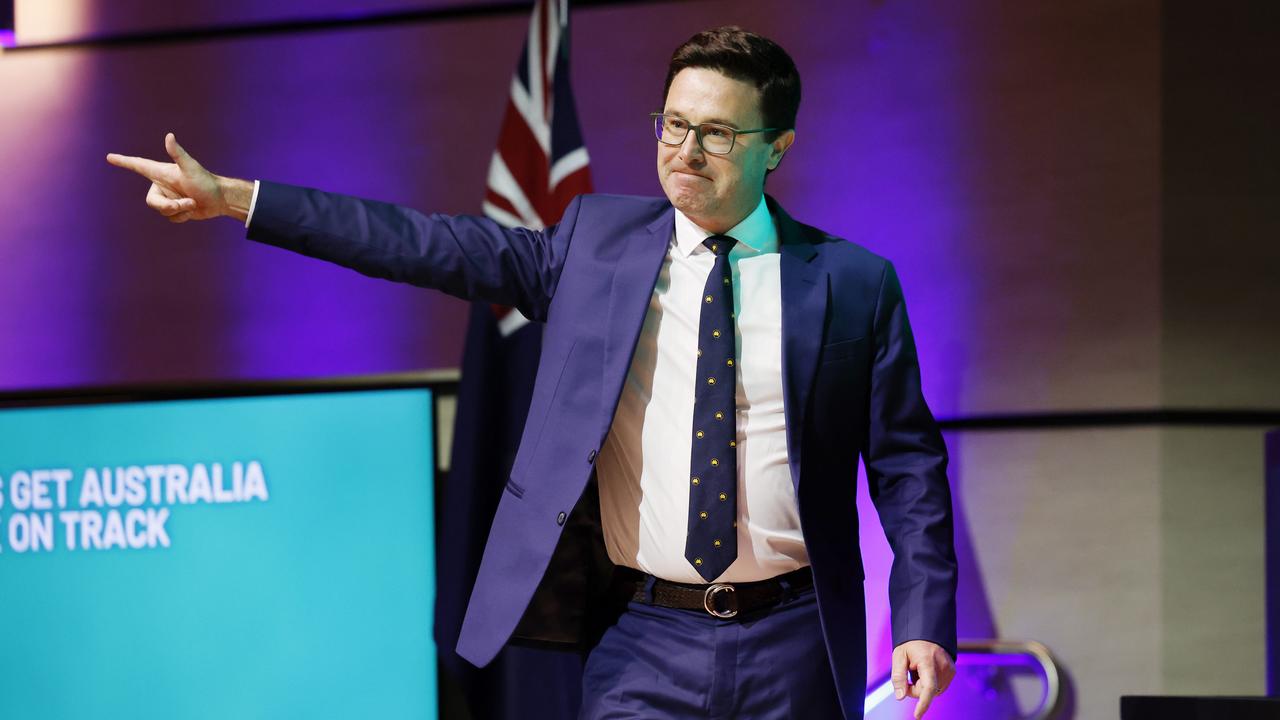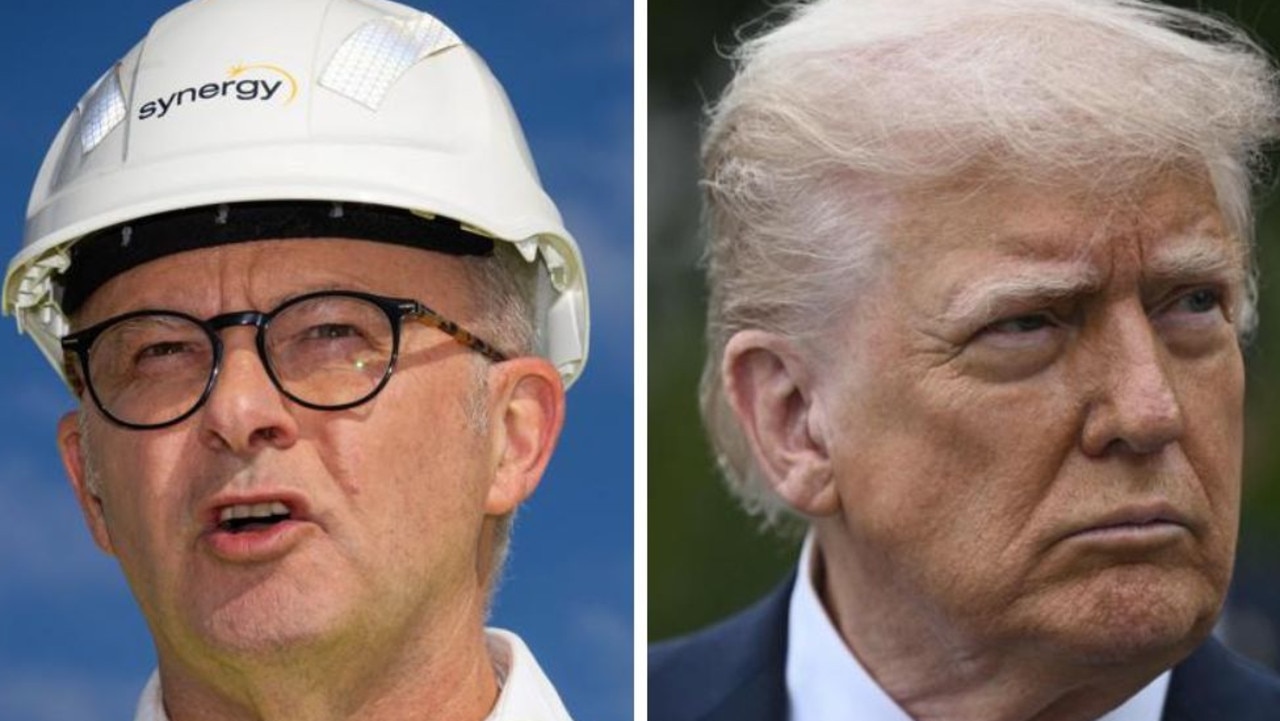Australia could miss out on $70 billion ‘green iron’ rush, report claims
Australia could miss out on $70 billion a year if it does not pivot to producing “green iron” as countries like China decarbonise.
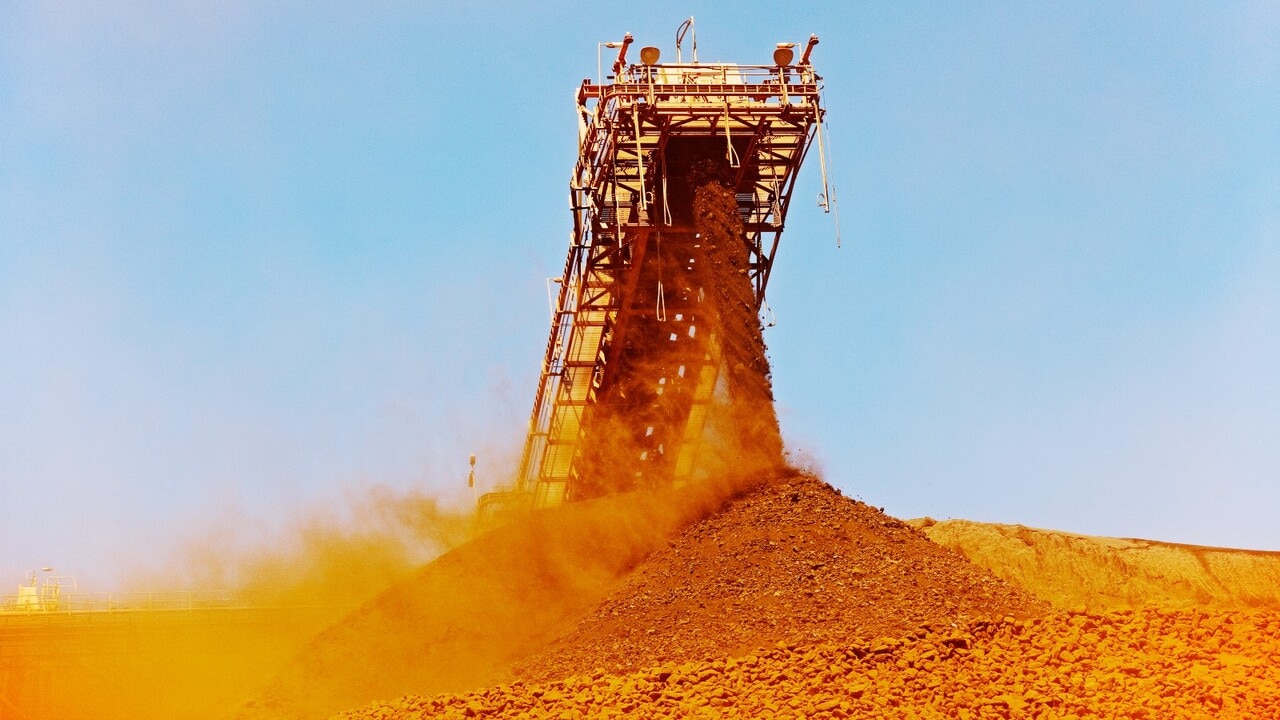
Mining
Don't miss out on the headlines from Mining. Followed categories will be added to My News.
Australia could miss out on $70 billion a year in export revenue if it does not pivot quickly enough “green iron” as countries like China decarbonise their supply chains, a new report claims.
By becoming a world leader in green iron, Australia could double its export revenue to $250 billion, according to the Climate Energy Finance (CEF) think tank.
“However, failure to overcome the technical and economic challenges of green iron would mean Australia risks the reality that our iron exports could halve, as traditional importers restructure and decarbonise supply chains, and prioritise regions of high-quality iron ore and low-cost ironmaking,” CEF said in its report published on Friday.
Australia is the world’s biggest iron ore supplier with 56 per cent export market share.
Nearly all of Australia’s iron ore exports are in the form of hematite, which is shipped overseas to countries like China where it is processed in coal-powered blast furnaces to produce iron. The iron is then refined into steel in electric arc furnaces.
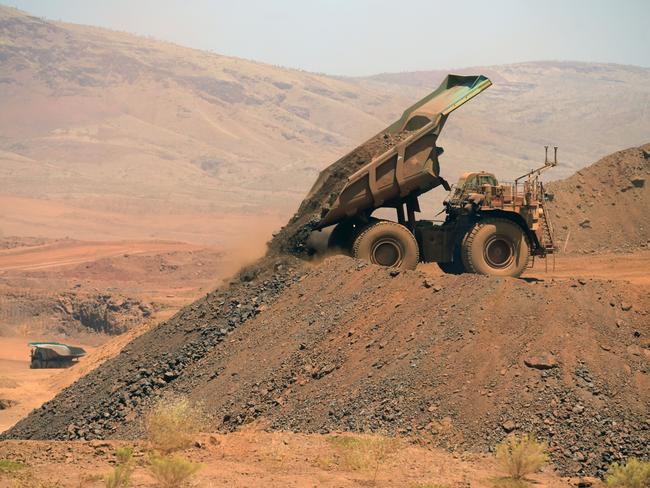
The entire process produces enormous amounts of carbon dioxide, accounting for 6.7 per cent of global emissions. Green iron technologies promise to reduce those emissions by up to 90 per cent.
BHP, Rio Tinto and Fortescue all have green iron projects underway, with Fortescue set to open a pilot plant next year.
Green iron refers to the process of using renewable energy and a combination of methane gas hydrogen, rather than coal, to convert iron ore into iron.
While the final product is the same as iron produced using coal, the hydrogen process currently requires higher-grade magnetite ores.
An estimated 38 per cent of Australia’s iron ore reserves are magnetite, but this has remained largely untapped by mining companies. More than 95 per cent of iron ore exports are lower-grade hematite.
“This is a massive risk for Australia, as the vast majority of Australia’s current iron ore production is not suitable for the commercially-demonstrated [green] iron processing technologies,” the CEF said.
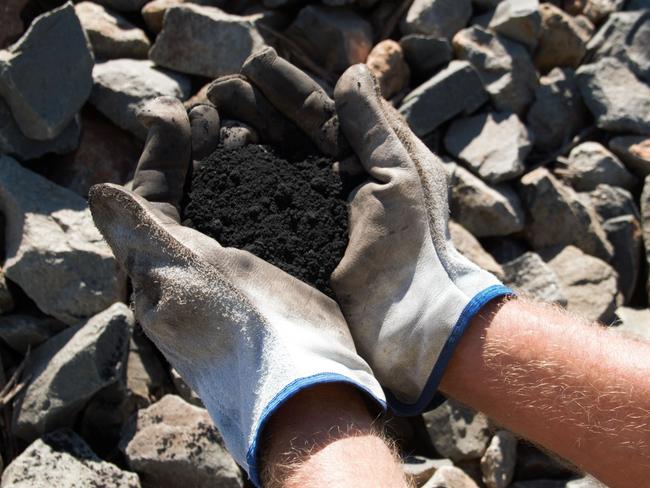
“Ore quality issues, a lack of long-term strategic national interest planning, a lack of decarbonisation policy and investment urgency, and the absence of an Asian trade carbon price signal all see our incumbent historically-privileged industry complacent to the strategic risks, and insufficiently active on our massive opportunities for global domination of the emerging green iron industry.”
China accounted for 86 per cent of Australian iron ore exports in 2023.
“But with Chinese steel production having likely peaked in 2020 … and with China now leading the world in almost all zero-emissions industries of the future and accelerating its economy-wide decarbonisation, including potentially of its steel supply chains, Australia must invest in green iron to maintain and enhance this partnership even further,” the CEF said.
The report warned of “devastating economic consequences” if Australia does not embrace the trend through a “suite of strategic national-interest policy and investment incentives to kickstart a green iron export industry”.
“While iron ore major Fortescue is making strides in decarbonising whole of scope emissions, it can’t do it alone,” the CEF said.
“Australia needs public-private collaboration and strategic public interest investment, in partnership with our key North Asian customers, to forge leadership in the green iron sector, helping our partners decarbonise and slashing emissions as the climate crisis escalates.”
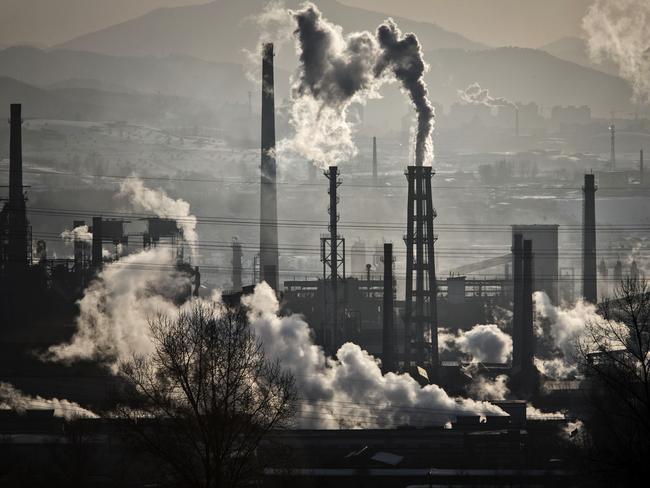
The think tank said Australia must take advantage of its renewable energy potential to develop an onshore green iron processing industry, but this is “dependent on the co-ordinated development of renewables infrastructure to support the scale of green hydrogen necessary to reduce iron at a price and volume competitive to that of traditional fossil fuel-based ironmaking”.
The amount of renewable energy required would equate to a doubling of current levels, “driving home the critical need to upscale installed renewables capacity at speed”.
The CEF report made several recommendations, including a proposal for the Future Fund to provide $20 billion for renewables-powered green metals processing and creating a commodities trading company with Japan and South Korea.
“By embracing green metal statecraft, Australia can create the new technology-intensive,
job-creating, high-value, export-oriented clean energy intensive industries of the future, boosting economic security,” UNSW Sydney Professor Elizabeth Thurbon wrote.
“We can produce abundant and cheap energy, leveraging our world-class wind and solar
resources, boosting energy security. We can decarbonise some of the dirtiest industries in the world, boosting environmental security. And we can deepen and extend our economic collaborations with some of our most important geostrategic partners, creating a safer and more prosperous region.”
Originally published as Australia could miss out on $70 billion ‘green iron’ rush, report claims




